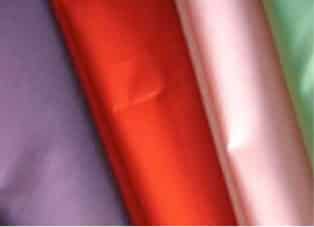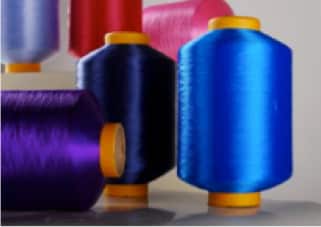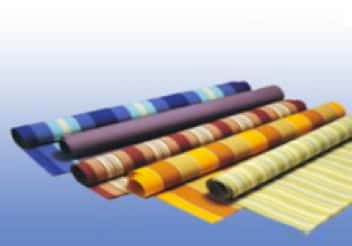Synthetic fibers are a result of the polymerization of petroleum-based chemicals or plant based materials, which are also known as petrochemicals. During the polymerization process of the petrochemicals, two adjacent carbon atoms bond together to form long and linear chemical compounds that are in turn used to produce different varieties of fibers.
» heat-sensitivity
» low melting point
» durability and easy maintenance
» specific density
» flame resistance
» low moisture absorption
» chemical resistance
These are some of the most common properties shared amongst the various types of Synthetic Fibers. In addition, Synthetic Fibers have several advantages over the naturally occurring fibers in that they don’t rely on agriculture for their production, are naturally cheaper to produce and are easier to maintain. However, Synthetic Fibers can be irritating to the skin due to their electrostatic nature and does cause some minimal pollution to the environment.
There are various types of Synthetic Fibers such as: acrylic, carbon, modacrylic, nylon, olefin and polyester. Acrylic, nylon, polyester and polyolefin account for 98% of total volume of synthetic fiber produced in the world. Other categories include the glass fiber, metallic fiber and acrylonitrile rubber.
In the textile industry, Synthetic Fibers are widely used in making clothes, with polyester being the most used in clothing production. On the other hand, glass fiber is used in industrial, home and automotive insulation as glass wool. It’s also used as glass, reinforced plastic or glass fiber. Additionally, Synthetic Fibers are also used in conducting heat and preventing static charge build-up. In the horticulture industry, polyurethane and phenolic resin foams are used to enrich soils.










